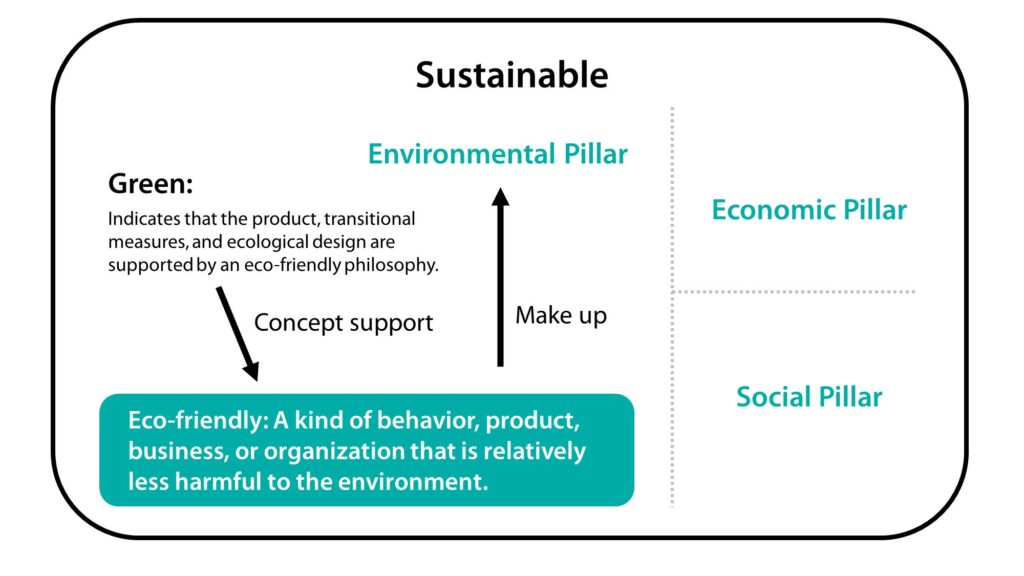ECO FRIENDLY
ECO FRIENDLY
ECO FRIENDLY
Environmental-friendly processes (also referred to as eco-friendly, nature-friendly, and green), are sustainability and marketing terms referring to goods and services, laws, guidelines and policies that claim reduced, minimal, or no harm upon ecosystems or the environment.
The concept of sustainability rose to prominence in the late 20th century, when people realized the severe damage consumerism has caused to the environment and resources within only several decades. The concept of sustainability hopes to cater to people’s needs without compromising the ability of future generations to meet their needs
GO GREEN
Green evokes positive images such as nature, plants, vivacity, spring, freshness, and health. It is one of the most frequently used marketing terms in the eco-conscious society of today. To prevent enterprises from making claims about their products or services that may mislead consumers, the EU has established Green Claims to resolve the issue of corporate “greenwashing” and ensure that consumers can obtain reliable, comparable, and verifiable information on products and the environment.
When using green as an adjective, it indicates that the product, transitional measures, and ecological design are supported by an eco-friendly philosophy. However, this does not necessarily mean that the measures or products are more eco-friendly. For instance, broadly speaking, although cardboard boxes made of recycled paper as their raw material are a type of green product, if the cost of fuel, water resources, and chemical agents used for recycling and reproducing the paper are taken into consideration, it may not always be an eco-friendly product
What does eco-friendly mean?
According to Webster’s Dictionary, eco-friendly is defined as not environmentally harmful, a relatively broad and vague concept. To many people’s knowledge, eco-friendly represents a kind of behavior, product, business, or organization that is relatively less harmful to the environment. Examples include saving water, glasses frames made of recycled plastic, and environmental protection advocacy groups.







Comments
Post a Comment